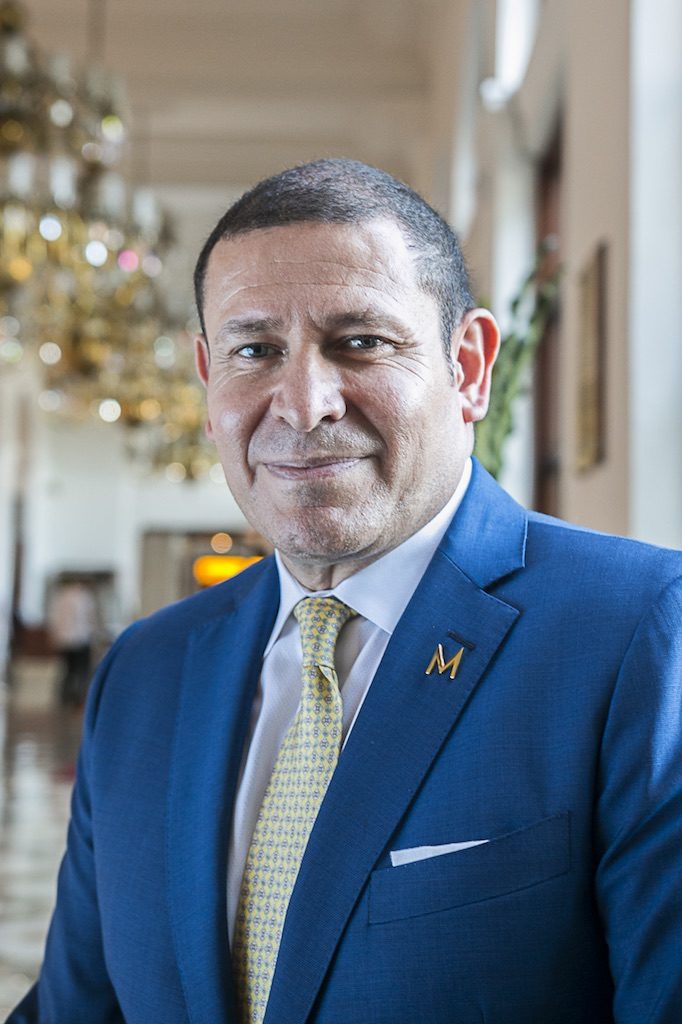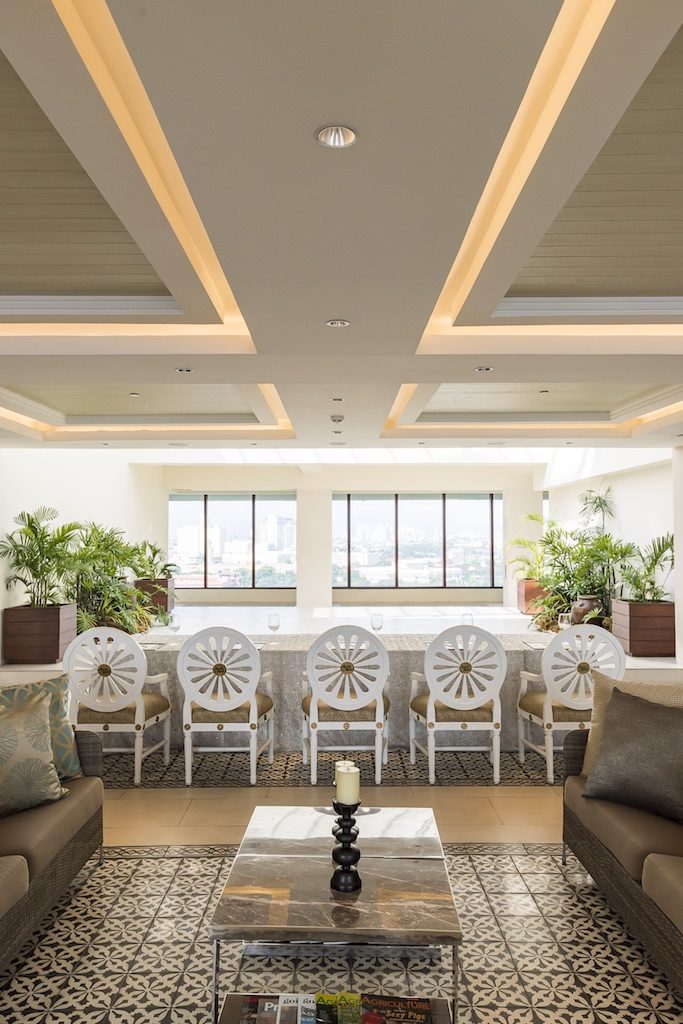Old hotels not only offer a trip back in time but also a chance to live in a piece of history. However, some establishments go too far back with dated wall designs or furniture that guests would rather forget. Revamping properties can be tricky but, thankfully, there are brands that do a great job.
Long time coming
Herringbone walls, chocolate brown leather chairs to match the leather headboards, and a soaking tub—these might not have been in fashion in 1851 when The Liberty, a Luxury Collection Hotel Boston opened, but these modern updates have given the hotel—and consequently, the brand—relevance. Though very much in style, the property still acknowledges its history through key details like a solitary key ring hung on the doorknob instead of a “Do not disturb” sign or rugs with key patterns. These hints are nods to the structure situated inside the former Charles Street Jail.
In the same thread, the Henry Howard Hotel New Orleans, a historic mansion built in 1867, seamlessly marries the old with the new in the form of the original Greek architecture and 19th century fireplace, rooms decked with local art, and a craft cocktail bar with floor-to-ceiling windows.

The Manila Hotel is keeping up
The Manila Hotel boasts an equally rich narrative that dates back to 1912. “We really rely on our roots,” says The Manila Hotel’s resident manager Chris Orta. It explains why despite the numerous renovations and changes of hands over the hotel’s century-long life, it has managed to retain its Old World charm. Orta says that all changes to the hotel must be carefully considered, whether they involve interiors or service.
“It’s a juggling act,” he says. “We try to keep with our heritage. Our designers [must have] the understanding of what we want: Old World meets New World.”

One space that carefully treads the line between traditional and modern is the Champagne Room. Filled with lavish ornaments such as crystal palm trees, tasseled ceiling fixtures, fully upholstered chairs and booths, and lace-covered tables that shimmer under the light, it’s easily a place that could have been one of the go-tos of socialites in the ’50s. And yet the room remains a timeless romantic spot, even for modern couples. Orta confesses that he witnesses proposals there almost every week.
“Here, we really try to take people somewhere else,” he says. Many of the hotel’s services follow traditional practices such as tableside servicing. But it’s in the fine details—being on trend with the newest designs, in glassware, in facilities—that The Manila Hotel moves into the new arena.
Despite the hotel’s pride in its roots, there is still a necessity for change. “We don’t want to be ultra modern, we just want to give it enough of a fresh look that [would make people say,] ‘Wow, they’re keeping up with the times,’ but still keeping our heritage,” says Orta.

The MacArthur Suite is at the edge of these two worlds. Steeped in the history of its first resident, it now also features all the conveniences any New MacArthur (that is, a modern-day figurehead, be it a political leader, a celebrity, a CEO, or a family head) would need. The 24-hour butler service is just a starter. This suite, along with the 1,200 square-meter presidential suite, was renovated in 2014.
Major renovations in the hotel took place from 2008 leading up to its centennial celebration in 2012. Café Ilang Ilang, the hotel’s buffet restaurant, was one of the first to be transformed, with an atrium eventually added to the café. Aside from providing additional seating, the atrium now also serves as a dining space guests can rent for private functions. The Manila Hotel Tent City was also put up west of the original structure as a performance or conference hall. The dock that extends from the hotel’s grounds towards the bay is also slated for reuse.

Benchmark for hospitality
Renovations and upgrades are a natural part of the business cycle, especially for hotels. Because of its location near the bay, the hotel is susceptible to faster wear and tear. Although the standard is to schedule soft renovations every three or four years and hard renovations every five or seven years, there is one aspect that needs constant work: hospitality and service.
Filipinos are already hospitable by nature, Orta admits, but refining and improving are always important. “Yes, we do need to repair the carpet or the chairs, [but] all that stuff is very easy. The service part is where we really need to maintain [quality].

Their guest services officers, for example, undergo rigorous training to ensure the quality of their service. Training covers how the staff should walk and carry themselves, even up to how they position their hands. But even in this modern role in hospitality, the importance of history isn’t lost. Staff are also trained to be well-versed in the hotel’s history, from being able to talk about details of MacArthur’s life to listing the hotel’s most illustrious guests, including Ernest Hemingway, The Beatles, Michael Jackson, and Nelson Mandela.
Originally published in F&B Report Vol. 15 No. 3





